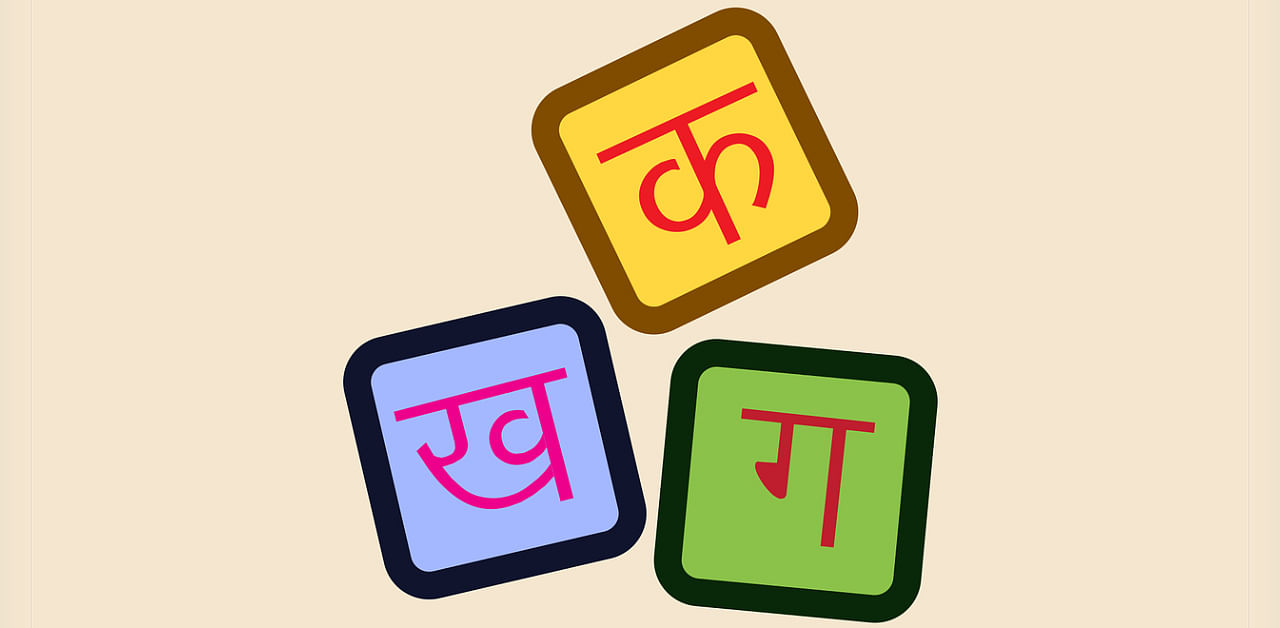
A language, at the most rudimentary level is a means of communication. With the progress of human civilization, language has added more value to itself than just being a medium of conversation. It has come to be a source of identity and a thread through which the culture of a community is passed on from one generation to another.
Hence language becomes a unifying force and has historically played an important role in the formation of nation-states. But we also see examples of countries, which comprise of people speaking different languages and still constitute a single nation. India is one such unique nation. However, in the years subsequent to independence, there have been subtle and not so subtle attempts at imposing the predominantly spoken language, Hindi, on the non-Hindi speaking states in the name of national unity.
While Hindi was introduced as a third language in the southern states (except Tamilnadu which has always opposed the imposition of Hindi) in the course of implementation of NEP 1968, the Hindi speaking states never bothered to teach their populace any other Indian language. The fact that no attempt was made to correct this anomaly has given rise to feelings of animosity towards the language in the southern states, which are agitated at the secondary status accorded to their languages. The issue of making Hindi a compulsory third language in non-Hindi speaking states, which was lying low for some time, got a new fillip when it was once again included in the draft NEP in 2019.
Met with stiff resistance from the southern states, the compulsory part has been now dropped from the policy. But it is highly unlikely that this policy objective will be buried once for all and the likelihood of it raising its head again doesn’t augur well for the unity of the country.
By a traditional definition, geographic continuity, language, race, religion and shared history constitute the essential elements of a ‘nation’. But, there are countries that constitute a nation inspite of linguistic multiplicity, like Switzerland. On the other hand there are countries that consist of people speaking the same tongue but constitute two different nations, for instance - Germany and Austria. A thinking that a nation can exist or that national unity can be achieved only when there is homogeneity in terms of language, culture, race or religion is dangerous.
Keeping in mind the linguistic diversity of our country, the makers of our constitution, through Article 29, have explicitly recognized the right to preserve and foster one’s language as fundamental. This cannot happen if anyone language is accorded a place of eminence over others.
One of the reasons behind linguistic re-organisation was the fact that of the two or more languages spoken in the state, those which were not the administrative language received a step-motherly treatment. Just as a religion followed by the majority of the people has not been declared as State religion, the predominant language cannot become the national language.
A sense of nationhood exists in India is because of shared history and way of life. It is a bond that unites Indians in spite of linguistic and religious diversity. Any attempt to augment this unity has to be based on policies that do not hurt the identity of any group. A three-language policy is welcome as long as it is based on consensus and consent.
The implementation should happen in all the states of India. The choice of a third language should be left entirely to the state. Any attempt to impose a particular language will, instead of promoting national unity have a contrarian effect and give rise to resentment. All Indian languages have a rich heritage and a vast repertoire of literature.
A study of these languages would definitely broaden the horizons of our knowledge of the rich cultural heritage of India. This fact has been elucidated in the NEP of 2020. What is required is a genuine effort on the part of the government to bring people on board through educative campaigns. This would go far in building national unity rather than imposing any one language on the whole of the populace.
(The writer is an
independent researcher)